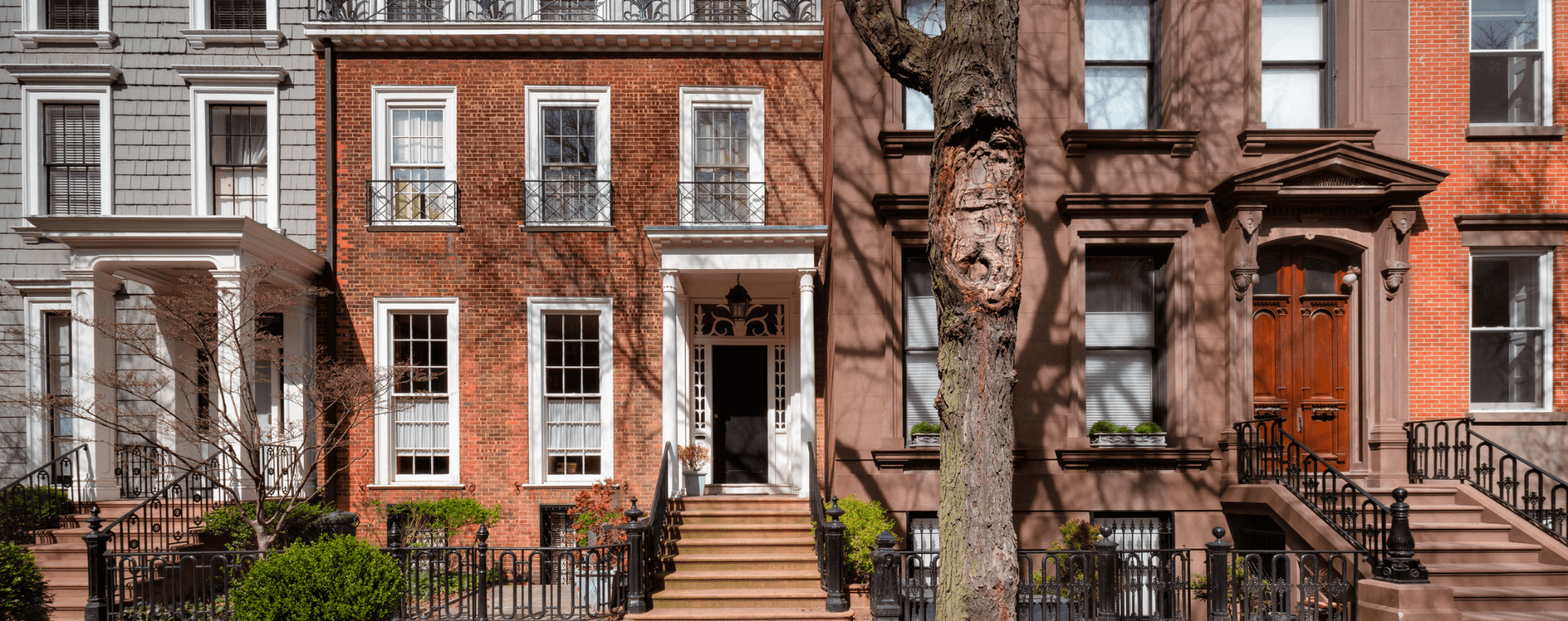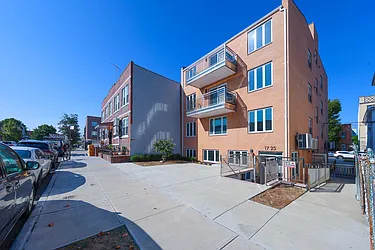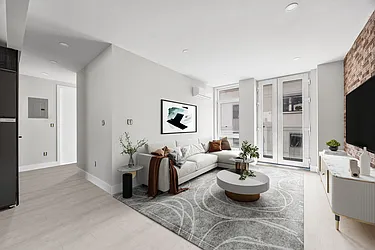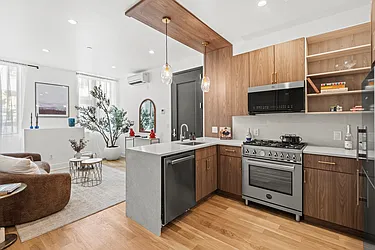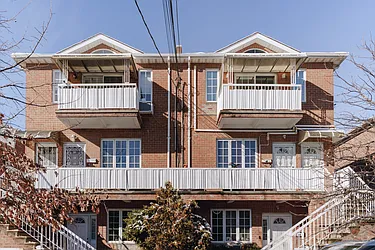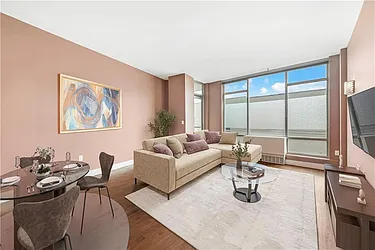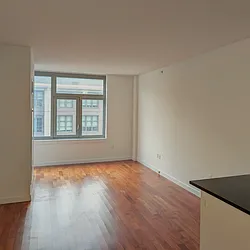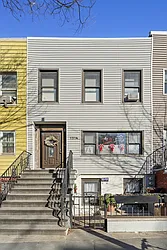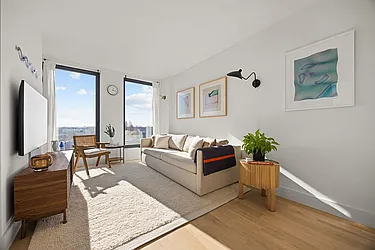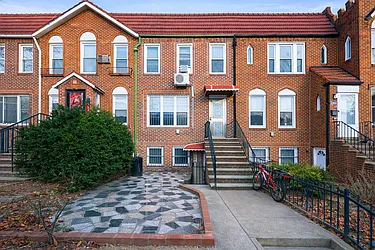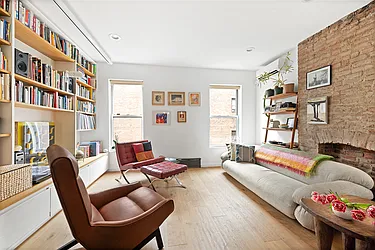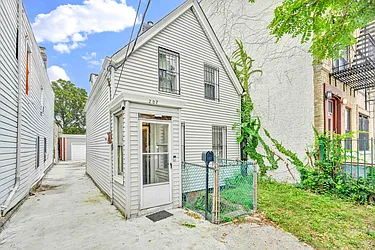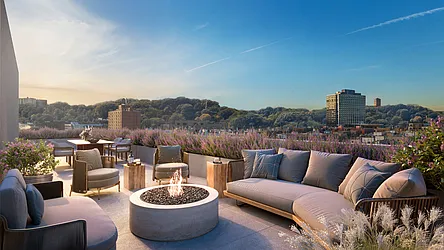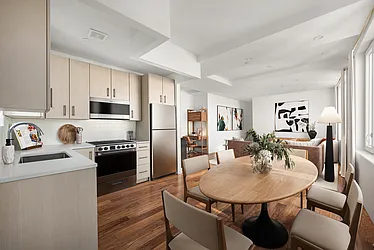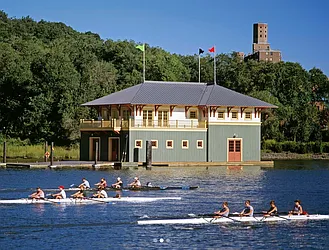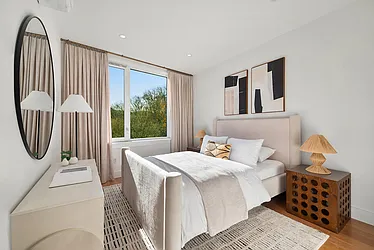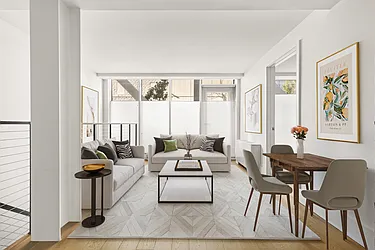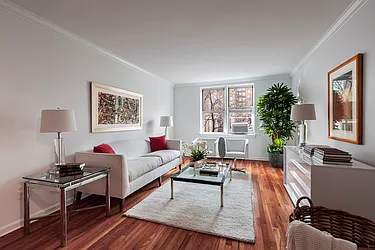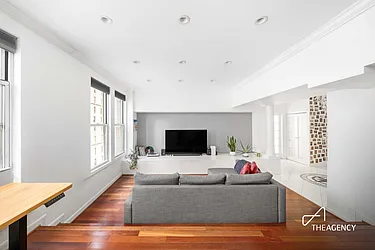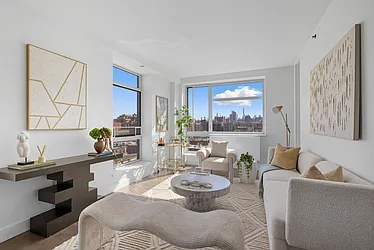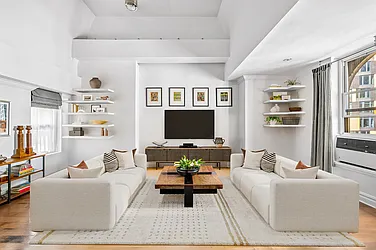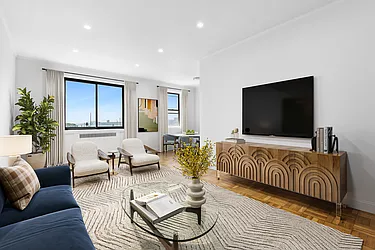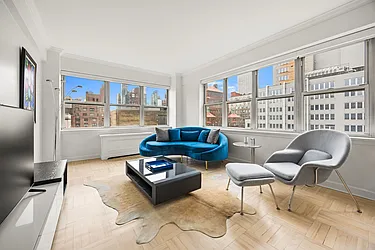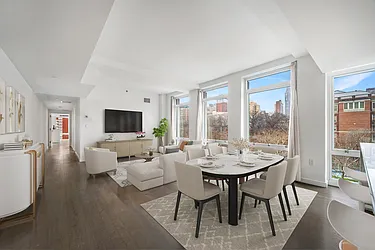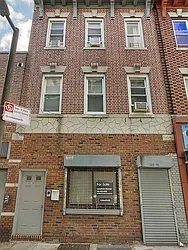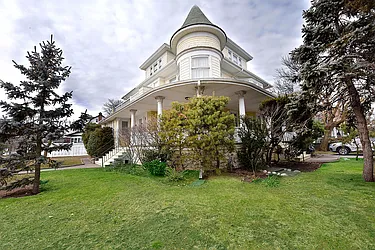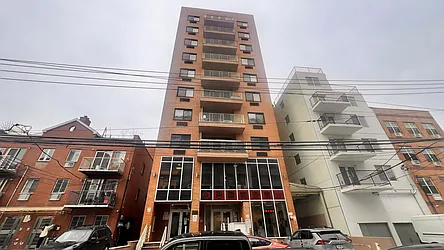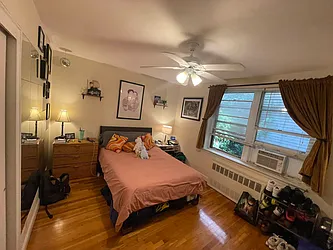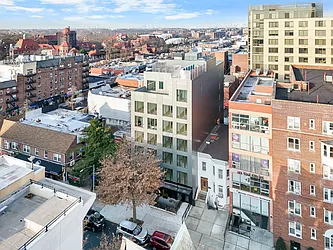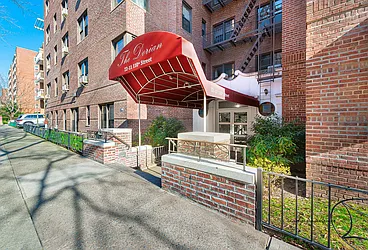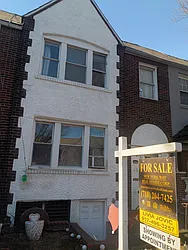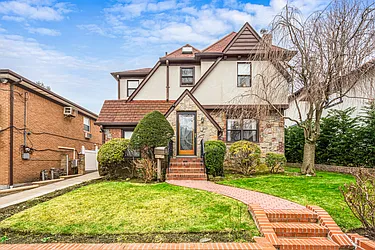In New York City, where space comes at a premium, the townhouse or townhome is the closest thing many neighborhoods have to a single-family home. But what’s the difference? The traditional single-family home is a freestanding structure. Townhouses, on the other hand, typically share one or two walls with an adjacent townhouse or building. Some townhouses are multi-family, containing two or more units, but are sold as one property to a single owner.
There are additional characteristics that make townhouses highly appealing to NYC buyers. Many have private outdoor space, resembling a typical suburban backyard. If you’re the sole owner of a townhouse — meaning you own all of its units — there are no condo or co-op boards and rules to deal with, and you can rent out the unused units for some extra cash. Attributes like these make townhouses hot properties, often fetching multi-million dollar prices.
Not all townhouses are created equal, and there are several different types to choose from. In this article, we explain the five most common types of NYC townhouses — including the classic brownstone — and how to identify them. But first, let’s get some basic terminology straight.
Townhouse vs. Rowhouse vs. Brownstone
We’ve defined “townhouse,” but you may also be wondering where rowhouses and brownstones fit into the equation. The three terms are often used interchangeably, but technically speaking, they are not the same. Here’s the standalone definition of each:
Townhouse — A home that shares one or two of its walls with an adjacent townhouse or building.
Rowhouse — A rowhouse is one of a set of identical or nearly identical townhouses built next to each other, in a row.
Brownstone — A type of townhouse characterized by a reddish-brown sandstone veneer.
Rowhouses and brownstones are both types of townhouses. However, not all townhouses are rowhouses or brownstones. Colloquially, you may hear “brownstone” used to refer to any townhouse, but brownstones are distinct — and highly coveted. (To learn more about the history of NYC brownstones and what defines them, read this blog.)
1. Brownstone Townhouse
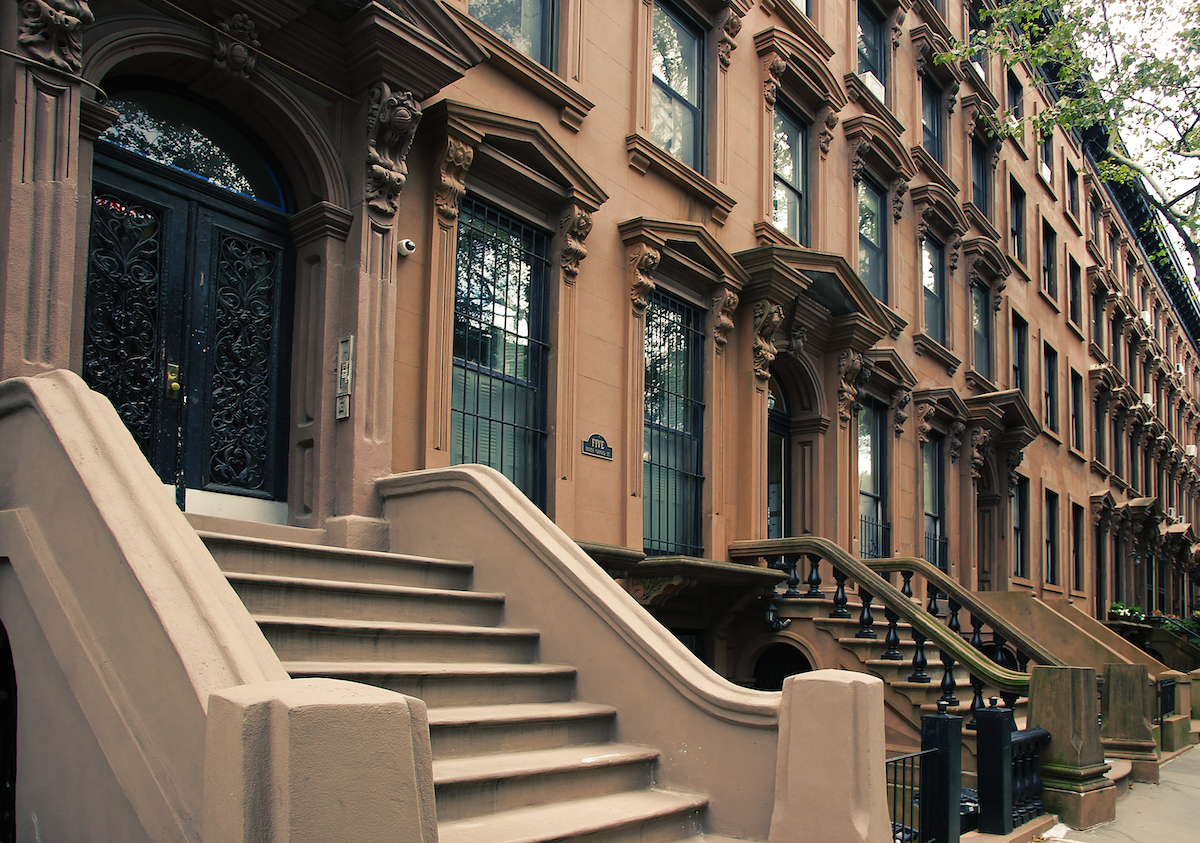
Brownstones are perhaps the most quintessential and sought-after type of townhouse in New York City. These homes are characterized by a brick structure with a brownstone veneer. Brownstone is a reddish-brown sandstone dating back to the Triassic-Jurassic period. When first cut, the stone is pink, but deepens into its classic brown hue over time.
Most of New York City’s brownstone material originated from the same place: the Portland Brownstone Quarry, formerly located in Portland, Connecticut. In the 19th century, brownstone became a popular building material since it was considered an upgrade from brick.
Brooklyn Homes Under $2M on StreetEasy Article continues below
While brownstone townhouses are all over NYC, they’re plentiful in historic neighborhoods like the Upper West Side, Harlem, and Bedford-Stuyvesant. You’ll find many of them in what is known as “brownstone Brooklyn” or the “brownstone belt,” encompassing neighborhoods in northwest Brooklyn such as Park Slope, Fort Greene, Carroll Gardens, Cobble Hill, Brooklyn Heights, Boerum Hill, Windsor Terrace, Prospect Heights, and Prospect Lefferts Gardens.
Although beautiful, brownstone façades often need restoring after years of exposure. That extra work can make prospective buyers shy away from brownstones. “Move-in ready townhouses are in top demand,” says Lindsay Barton Barrett, a top Douglas Elliman broker in Brooklyn. “Fewer people seem to have the appetite for months or years-long renovation projects.”
2. Clapboard Townhouse
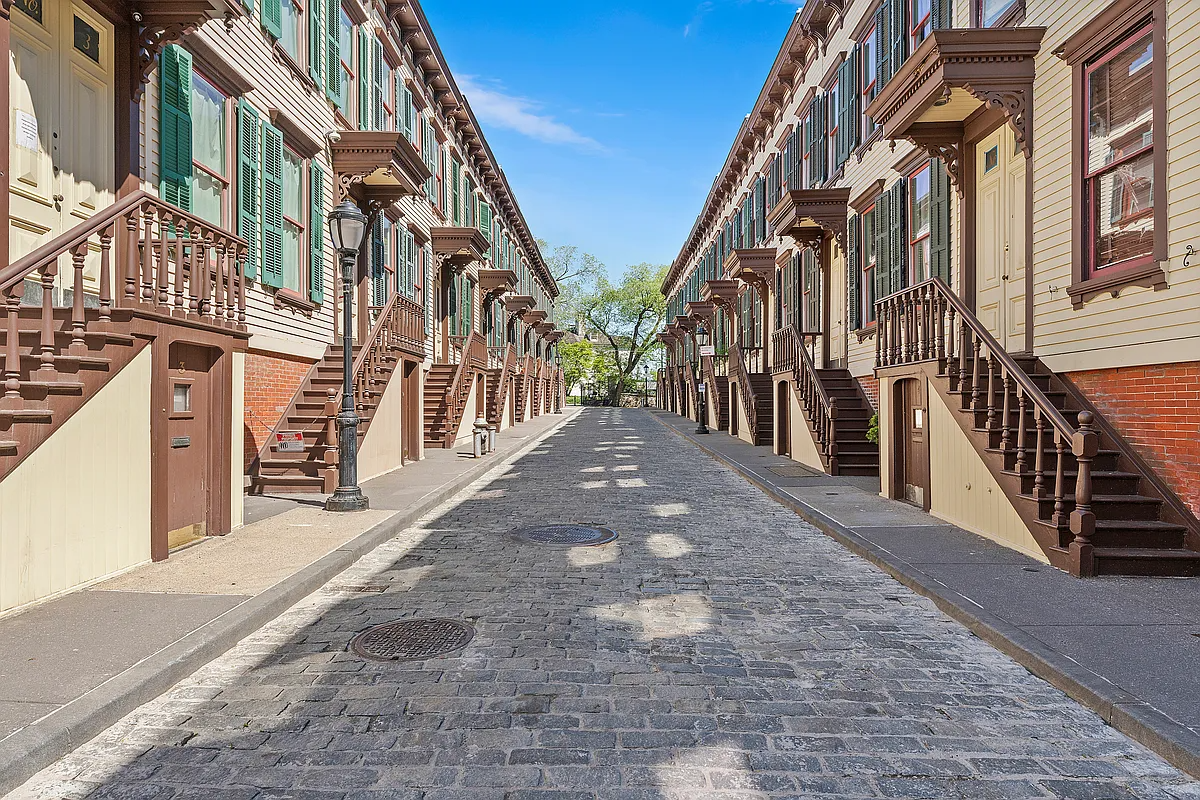
Clapboard townhouses are known for their siding made of horizontal wooden planks, also known as clapboard. They’re not as prevalent today as they were during the 1700s and 1800s, but some preserved homes have stood the test of time in NYC, most notably the lovely homes on Sylvan Terrace in Washington Heights.
Of all the types of townhouses, clapboard homes require the most maintenance to protect their wood planks from bugs and weather damage. Moreover, construction of wood-framed houses was widely banned in the 1850s when deemed a fire risk after the 1835 Great Fire of New York. Due to their scarcity, clapboard homes now command top dollar when they go on the market. One Sylvan Terrace home hit the market for $1.5 million in April 2021, and this West Village clapboard townhouse went for $8.25 million in May 2021.
3. Limestone Townhouse
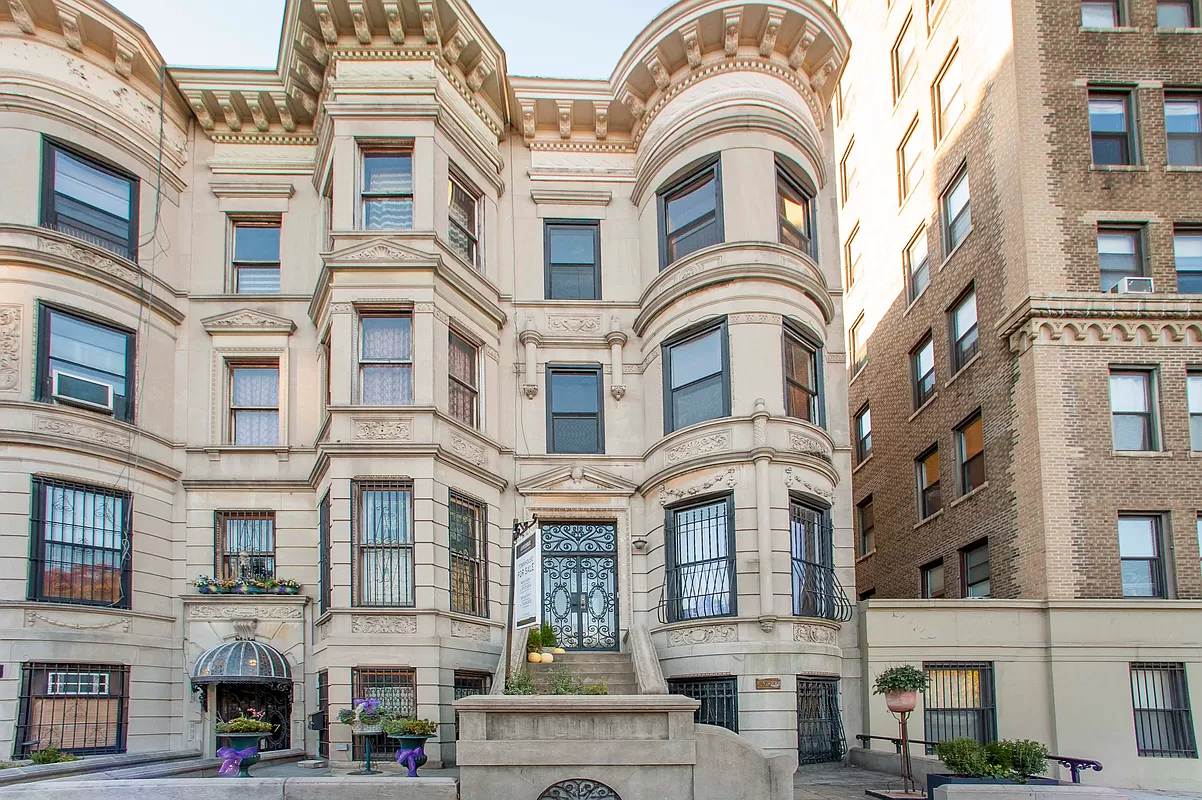
Around the turn of the 20th century, limestone became a popular type of exterior building material when it came to townhouses. It was so popular that roughly 18,000 New Yorkers listed their occupation as “stonemason” or “stonecutter” in the 1900 Census Bureau.
Much of the limestone was mined in Indiana, so it was known as Indiana limestone. The durable material was considered high-end, and was used for monuments as well as homes. Many NYC landmarks are built from Indiana limestone, including the Empire State Building, the Flatiron Building, and 30 Rockefeller Center.
Synonymous with wealth and opulence, limestone became a favorite choice for the exteriors of mansion-like townhouses in desirable neighborhoods such as the Upper East Side and Upper West Side of Manhattan. Famed architects like William Bosworth — who designed the Rockefeller family estate in Westchester and was commissioned to restore the Palace of Versailles — were fans of limestone for its grandeur.
Manhattan Homes Under $2M on StreetEasy Article continues below
A Bosworth-designed six-bedroom on the Upper East Side sold for $59 million in 2021. But of course, you can find equally stunning limestone townhouses for far less, like this Bed-Stuy home that sold for $2.8 million.
“You’ll find townhomes for sale at a reasonable price in parts of Brooklyn other than Park Slope, Brooklyn Heights, and Carroll Gardens,” says Michael J. Franco, a broker for Compass. “Buyers can find deals in areas like Crown Heights and Bedford-Stuyvesant.”
Like brownstones, limestone homes are gorgeous but can require a lot of maintenance. The material is prone to trapping moisture and pollution, which reacts with the chemical structure, leaving cracks and unsightly spots. Prospective buyers of this type of townhouse should consult an architect, engineer, and contractor beforehand to see if work is required.
4. Vinyl-Sided Townhouse
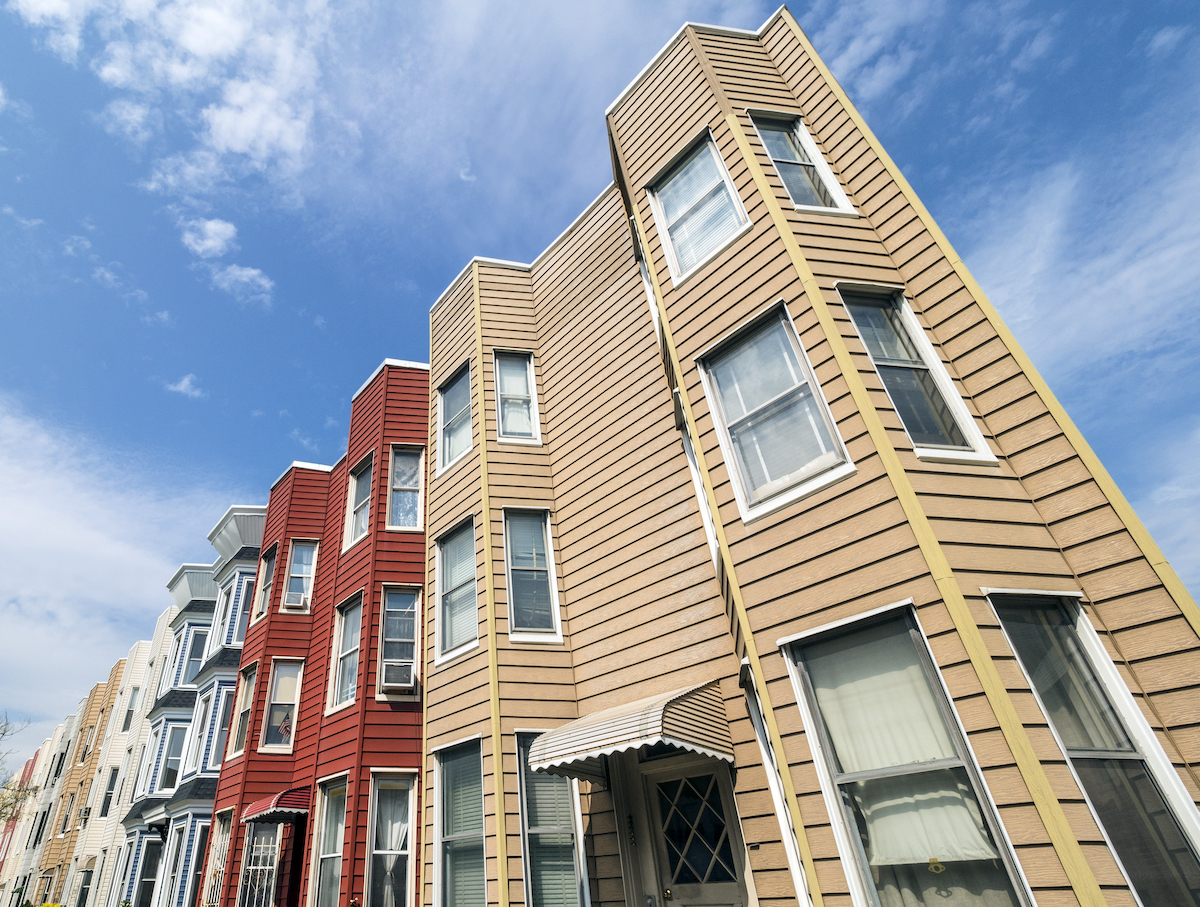
The vinyl-sided variety of townhouse has its fair share of fans — and detractors. But you can’t ignore the material’s advantages: it won’t warp, rot, or crack with the weather like its snazzier alternatives. The material was introduced in the 1950s as a substitute for aluminum siding, which was prone to denting. Vinyl-sided townhouses are most common in Brooklyn neighborhoods like Williamsburg, East Williamsburg, and Greenpoint, as well as parts of Queens.
Among the different types of townhouses, are these abodes cheaper? Like any home in NYC, it depends on the area and the local market. A four-bedroom, vinyl-sided townhouse in East Williamsburg sold for $1.2 million in 2020, and as of this writing, there’s another four-bedroom one for sale a few blocks away for $1.35 million.
5. Brick Townhouse
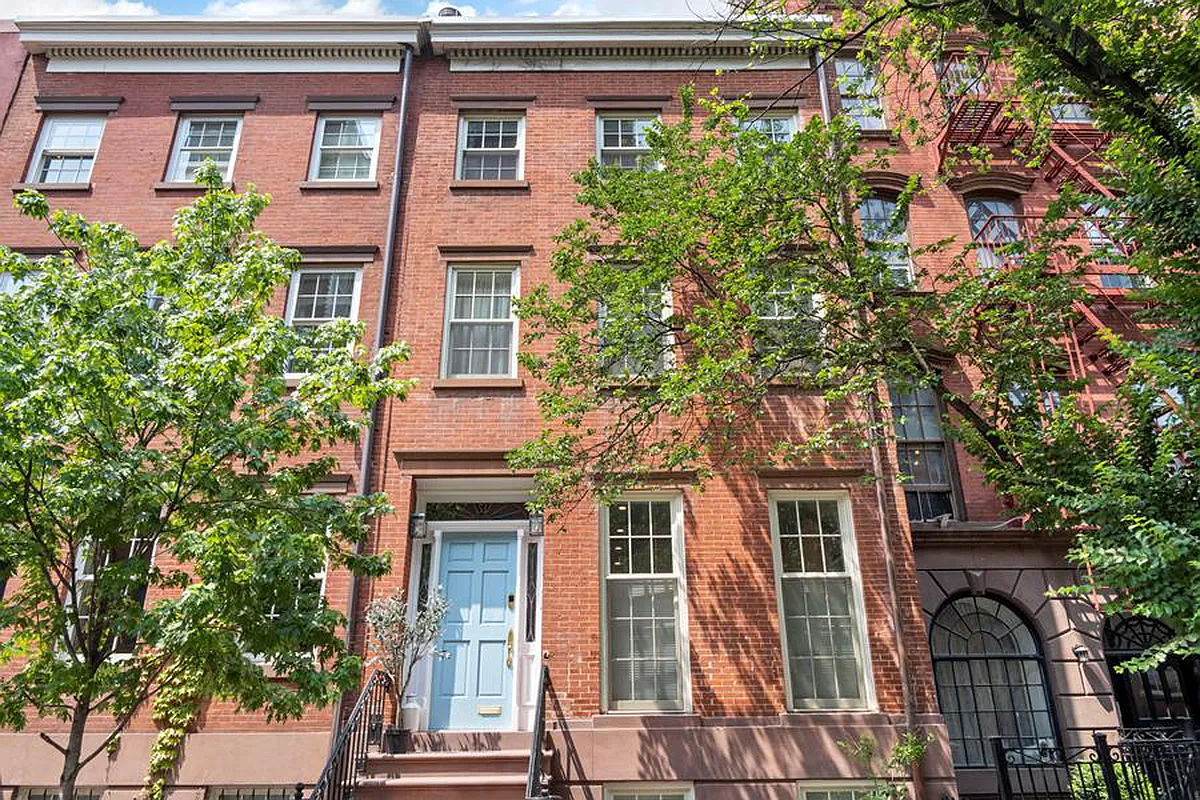
Exposed brick interior walls are a huge selling point in NYC apartments, but brick-façade townhouses are just as grand. Brick adds charm and warmth to a home, both inside and out, which makes these types of townhouses so beloved. But there are more reasons to love brick aside from its look: these little Legos of masonry are durable, fire-resistant, and provide great insulation.
Brick became a very popular building material in NYC after the Industrial Revolution, since the bricks could be made locally. Many classic Federal-style townhouses in NYC are made entirely of brick. The Edward Mooney House, the oldest brick townhouse in the city and a New York City Designated Landmark, is more than 200 years old.
Queens Homes Under $2M on StreetEasy Article continues below
Thinking About Buying a Townhouse?
Ultimately, if you’re in the market for a townhouse in NYC, expect to pay a premium for a renovated one. Otherwise, buyers interested in a townhouse that needs a lot of work should keep several factors in mind.
“Location is very important, even within a neighborhood,” adds Franco. “Therefore, focusing on blocks that are more or less all brownstones makes a difference if someone is concerned about resale value. Park blocks are also highly coveted. And the price per square foot is important, since most renovations are now measured by a price per square foot in and of themselves.”
If you’re trying to decide between buying a condo or a townhouse, read our blog on condo vs. townhouse. Looking for more personalized guidance? Speak with our Concierge for buyers, who can connect you to a StreetEasy Expert agent with specialized experience helping buyers purchase townhouses.
If you can’t make your townhouse dreams come true, there are plenty of co-ops and condos for sale across NYC.
Disclaimer: StreetEasy is an assumed name of Zillow, Inc. which has a real estate brokerage license in all 50 states and D.C. See real estate licenses. StreetEasy Concierge team members are real estate licensees, however they are not your agents or providing real estate brokerage services on your behalf. StreetEasy does not intend to interfere with any agency agreement you may have with a real estate professional or solicit your business if you are already under contract to purchase or sell property.
